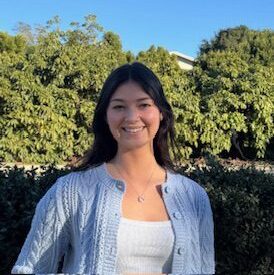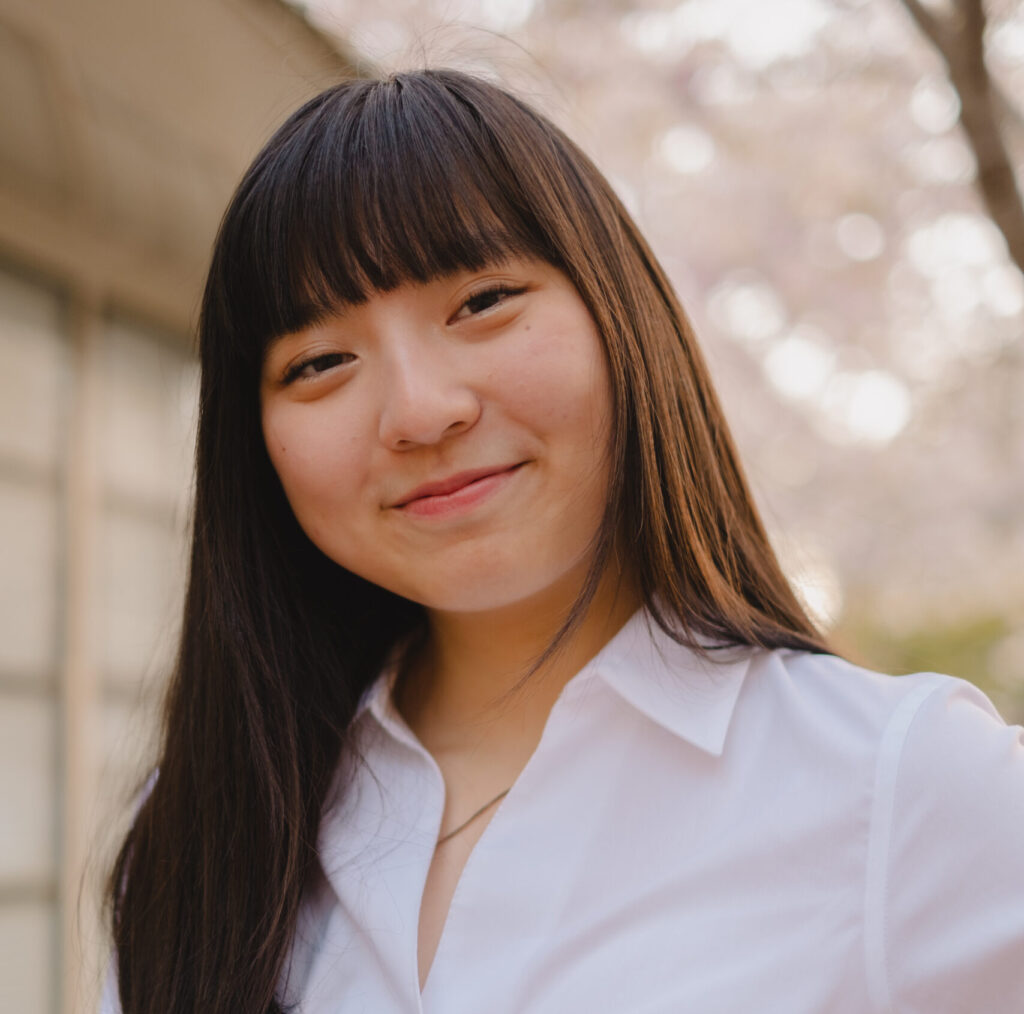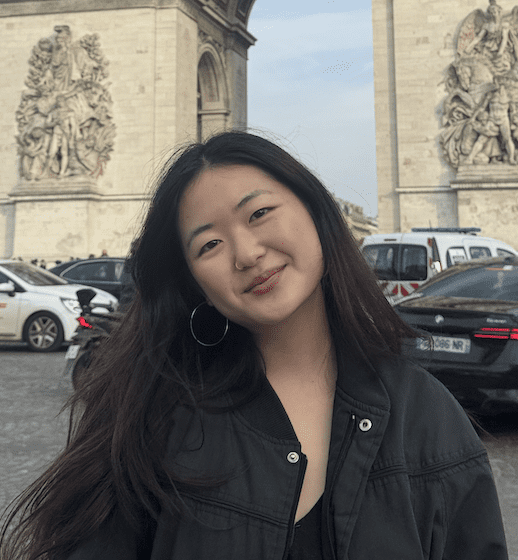Elye Kehat

Bans against lending with interest, or ‘usury,’ are found in the earliest texts of Judaism, Christianity, and Islam. While shared origins are acknowledged by many scholars, the subsequent histories of religious conceptions of usury are treated as unambiguously divergent. This study seeks to complicate traditional accounts of financial and religious history by reframing usury as “co-produced”: rather than developing independently within each religion, ideas and practices pertaining to lending with interest were created and continuously transformed by inter-religious polemics, commercial partnerships, adaptive exegesis, and majority-minority relations. I trace this dynamic […]
Cynthia Gao

Depression affects up to 20% of individuals worldwide, with women at twice the risk compared to men. Girls with ADHD are at an even higher risk, yet how ADHD influences the development of depression over time remains unclear. Using data from the Berkeley Girls ADHD Longitudinal Study (BGALS), I will apply latent growth curve modeling to examine how depressive symptoms unfold from childhood through young adulthood in females with and without ADHD. I will also explore predictors—such as early emotional dysregulation and social difficulties—that may explain why some individuals experience […]
Chloe Clair

Individuals with ADHD perceive time differently than individuals without ADHD. These differences, often referred to as “time-blindness” symptoms, are clinically described as impediments to “normal” functioning, interfering with individuals’ ability to manage structured activities such as work and school. This discourse pathologizes neurodiverse individuals’ experiences and reproduces ontologies around the “proper” use of and relationship to time. Unstructured activities such as art-making shed light on the changing of temporalities for individuals with ADHD in a way that is not solely or not viewed at all as a deficit to functioning. […]
Camille Miner

The United States remains the only member state of the U.N. that has not signed the U.N. Convention on the Rights of the Child (CRC). The United States Constitution similarly does not include any mention of children or their specific rights in light of their age or vulnerability. Thus, the rights of children in the United States are left ambiguous and often determined by state policy. In recent years, many states have grappled with a range of issues that highlight the unresolved nature of children’s rights in the U.S. including […]
Caitlin Hubbs

This project aims to look at the effect of children’s preferences on their engagement and learning about those objects, and how this interacts with the way information is presented: pedagogically, or child-centered, or indirectly through overhearing. There is limited research on preferential learning in children, and some research on how children’s interactions with the topic influence learning. However, current research has yet to explore the differential effects of preference on learning in overheard and pedagogical contexts. Children inherently gravitate toward certain topics and objects more than others, which may impact […]
Brizeida Cruz Hernandez

The presence of Mexican Indigenous farmworkers has increased, leading more Mexican Indigenous families and their children to join the agricultural workforce. Despite their increasing presence, these Indigenous families often face challenges that remain largely unaddressed, including language barriers, economic hardship, limited access to resources, and systemic inequalities in education. Mexican Indigenous children often work alongside their parents in the fields, but we know little about how this affects their education. These students face unique challenges rarely discussed in educational research. Through this research, I will look in-depth at the lived […]
Angela Lee

This research aims to develop a computer vision model to continuously track emotions of multiple characters within videos, taking into consideration facial expressions, body language, and contextual information in real-time. Aiming to fill the gap between current models and human analysis of emotions, this project will explore various image segmentation techniques for the model to best learn how to identify and differentiate between characters, such as the superpixel feature pooling method that splits images according to similar features (Ren et al., 2024). In addition, the model will factor in environmental […]
Anabelle Kang

Policing has been commonly understood as the use of legitimate violence by representatives of the state, while vigilantism has been conceptualized as the exercise of extra-legal violence. Engaging this basic distinction, scholars have theorized about the overlap between police and vigilantes by pointing to their jointly descended historical function (Hadden 2001), shared membership between police and groups such as the Ku Klux Klan (Williams 2015), and self-deputized citizens who act as an appendage to the police (Maher 2021). However, recent investigations have brought attention to an unstudied development in the […]
Nick Yunqi Zhang

Representing the world in abstraction, numbers are central to humans as they are constantly informing our judgments and decisions. Every day, we use numbers to symbol quantities, index objects, and apply all sorts of calculations to solve problems. The existing literature has long established the ability to mentally represent approximate numerosity as a core knowledge, an intuition that is supported by the Approximate Number System (Xu & Spelke, 2000). While past studies have identified some key behavioral and neural signatures of number processing (Odic & Starr, 2018), its neurocognitive development […]
Youyou Xu

Human decision processes often succumb to overconfidence: feeling excessively certain.This study aims to bridge psychology and computer science, and uncover the factors that drive overconfidence in both humans and machines. I identify a cohesive set of quantitative heuristics that impact confidence judgments in both humans and machines while also distinguishing factors that apply exclusively to either of them. If successful, the study’s findings might yield insights that help to better calibrate human confidence and improve uncertainty quantification for ensemble and neural network models in computer vision and image processing.